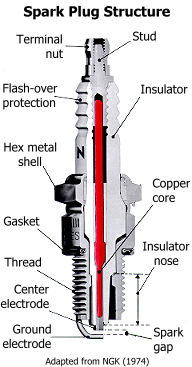
|
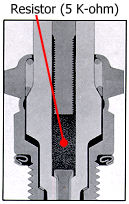
|
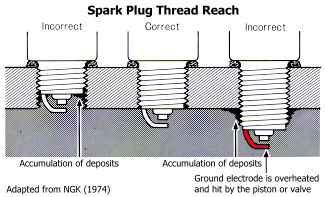 |
|
|
|
||||||||||||

|

|
 |
|
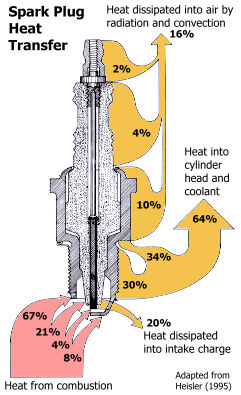
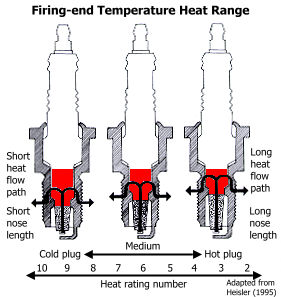 |
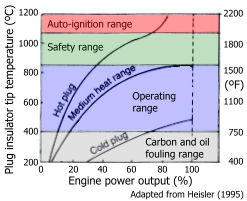 |
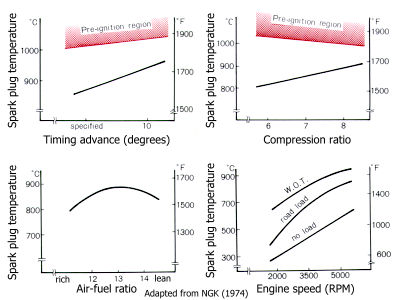
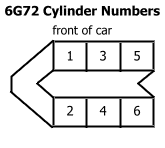
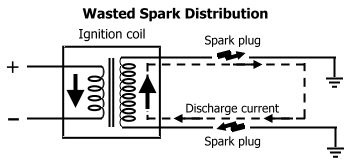
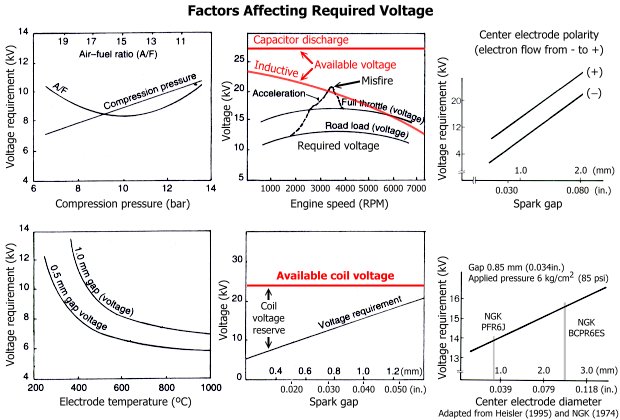
 The NGK, Denso, Bosch, and Champion part numbers are partially explained below. For complete part number keys refer to:
The NGK, Denso, Bosch, and Champion part numbers are partially explained below. For complete part number keys refer to:| Spark Plug Cross Reference Guide for the Mitsubishi DOHC 6G72 | |||||||||
|---|---|---|---|---|---|---|---|---|---|
| NGK | NGK Heat Range |
Resistor Type |
NGK Iridium IX |
Denso | Denso Iridium Power |
Denso Iridium Tough |
AC Delco | Bosch | Champion |
| BCPR5ES BCPR5ES-11 |
5 | Yes | BCPR5EIX-11 | Q16R-U Q16R-U11 |
IQ22 | VQ22 | CFR3CLS - |
FR8DC FR8DCX |
RC10YC RC10YC4 |
| BKR5ES BKR5ES-11 |
5 | Yes | BKR5EIX BKR5EIX-11 |
K16PR-U K16PR-U11 |
IK22 | VK22 | - | FR8DPX* | |
| PFR6J-11* | 6 | Yes | BKR6EIX-11 | PK20PR-P11* | IK24 | VK24 | - | FR7DPX* FR6DPX* |
- |
| BCPR6ES BCPR6ES-11 |
6 | Yes | BCPR6EIX-11 | Q20R-U Q20R-U11 |
IQ24 | VQ24 | CFR2CLS - |
FR7DC,FR6DC FR7DCX,FR6DCX |
RC9YC RC8YC RC9YC4 RC8YC4 |
| BKR6ES BKR6ES-11 |
6 | Yes | BKR6EIX BKR6EIX-11 |
K20PR-U K20PR-U11 |
IK24 | VK24 | - FR2LS |
FR7DP*,FR6DP* FR7DPX* FR6DPX* |
|
| BCPR7ES BCPR7ES-11 |
7 | Yes | - | Q22PR-U Q22PR-U11 |
IQ27 | VQ27 | CFR1CLS - |
FR5DC | RC7YC RC7YC4 |
| BKR7ES-11 | 7 | Yes | - | K22PR-U11 | IK27 | VK27 | - | FR5DP* | |
| BCP6ES BCP6ES-11 |
6 | No | - | Q20-U11 | IQ24 | VQ24 | - | F6DCX | - |
| BCP7ES | 7 | No | - | Q22P-U | IQ27 | VQ27 | - | F5DC | - |
| R5672A-8 | 8 | No | - | - | IQ29 | - | - | - | C63YC |
| R5672A-9 | 9 | No | - | - | IQ31 | - | - | - | C59YC |
|
* Indicates platinum tips on electrodes (platinum core for Bosch). - All listed plugs have a 14-mm thread diameter (1.25-mm pitch), 19-mm (3/4") reach, and 16-mm (5/8") hex size. - NGK R5672A are a "V-power" projected tip type BK-ES plug with nickel alloy electrodes available in heat ranges 8, 9, and 10. - Denso lists the following heat range equivalence with NGK: (NGK=Denso) 5=16, 6=20, 7=22, 8=24, 9=27. Nevertheless, many 3S owners report that Denso heat range 24 acts similar to NGK heat range 6 in 3S cars and so that is presented above. - Bosch Platinum 2-, 3-, and 4-electrode plugs are not listed because many owners report problems with these in our engines. - Autolite offers the "52" replacement for the R5672A-8 and the "51" replacement for the R5672A-9. - Motorcraft offers the "AGSP32C" replacement for the BCPR5ES-11 and the "AGPR12C" replacement for the BCPR7ES. - Some Champion plug type=stock number: RC10YC4=346, RC9YC=344, RC9YC4=430, RC8YC4=345, RC7YC=340, C63YC=796, C59YC=792. - Information taken from various sources on the internet. |
|||||||||
| Back | Home | Forward |